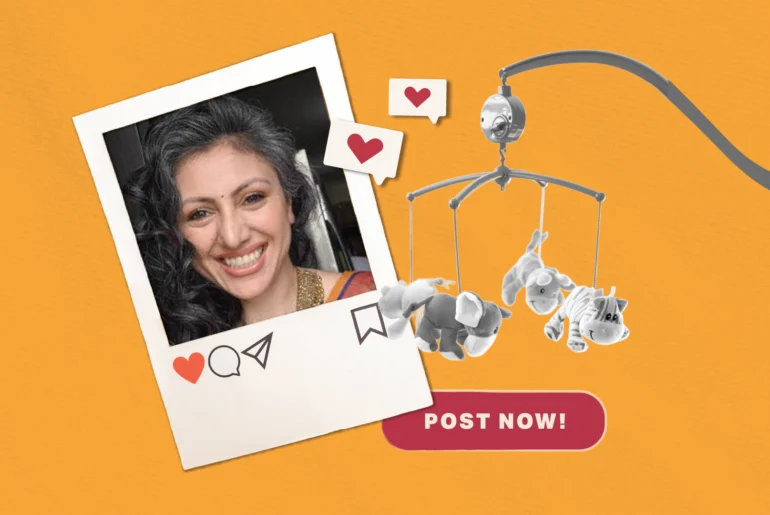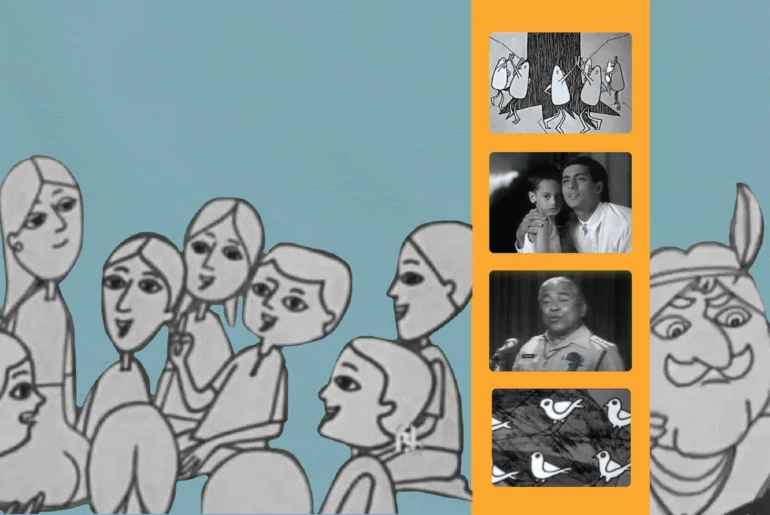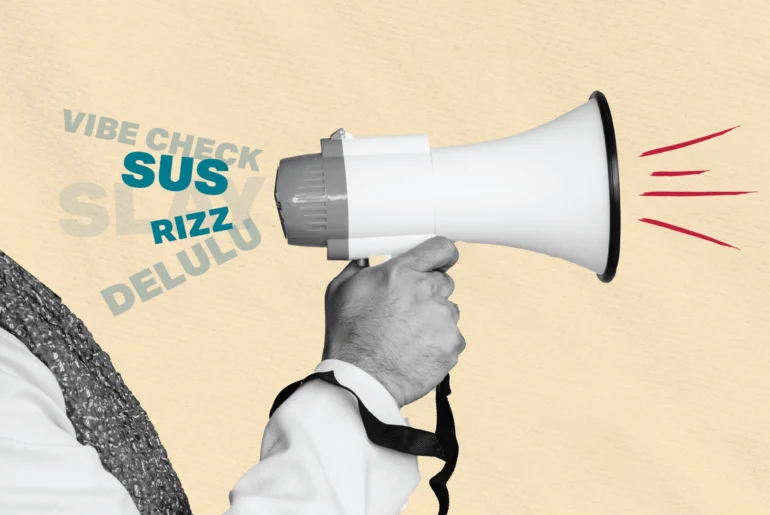At 40, I faced my fear and learned to drive. Then, I failed. This is not a story of victory, but of the quiet wisdom found in a very human fear. It’s about realizing that some journeys are better with a co-pilot, and that success isn’t always about the destination, but the lessons learned in the attempt.
There’s something remarkable about midlife—a sudden surge of empowerment that feels like an internal switch has flipped. It’s that glorious era when you suddenly decide it’s time to conquer all those lingering “someday” goals. For some, it’s learning a new language (like my husband who has very passionately taken to Japanese). For others, it’s trekking the Himalayas.
For me? It was the humble yet terrifying act of driving a car. At 40, I decided it was finally my time to master the metal beast. This wasn’t my first rodeo, mind you. I’d attempted this feat not once, not twice, but thrice before, each time ending in a spectacular surrender to the steering wheel and a quiet vow to remain a lifelong passenger. But this time, I had hope. I had found “the one” – a sensible, pragmatic lady instructor who promised to unlock my inner F1 driver. Or, at least, my inner grocery-getter.
The great push (and the great petrifying panic)
My lessons began with cautious optimism. Then came that day. “Come on,” she declared, with the calm authority of a seasoned general, “You are driving, not me!” And with a decisive shove, she propelled me into the driver’s seat. I cannot begin to tell you how utterly petrified I felt. My palms instantly became tiny, personal waterfalls. My heart hammered a frantic drum solo against my ribs. Nonetheless, over the next fifteen days, a miracle occurred. Under her watchful eye and patient guidance, I relearned everything: how to drive, park, reverse, even conquer that dreaded parking slope at malls. I did it all, beautifully, flawlessly, with the grace of a seasoned chauffeur. As long as she was beside me.
Then, like a cruel plot twist in a low-budget film, it all crumbled. The classes were done. I was on my own. And reality, as it often does, hit me like a rogue auto-rickshaw. I refused to sit in the driver’s seat. The fear came rushing back, a tidal wave of “what ifs.” What if I crash into a person? What if I accidentally kill someone? The fears weren’t just real; they were practically sitting in the passenger seat, gripping the dashboard with white knuckles.
So, yes, I failed.
In my 40s, I learned to drive, but I couldn’t sustain it. And you know what? That’s okay. The inability to continue or sustain it is not a reflection of who I am. It’s a reflection of a very human fear, and a perfectly valid choice.
Lessons this “Failure” taught me:
Success isn’t always about the destination (or the driver’s seat): I set out to be a driver, but I gained something else: self-awareness, resilience in the face of fear, and the wisdom to know my limits. The “win” wasn’t getting a driver’s license and hitting the road solo; it was the courage to try, the humility to acknowledge a boundary, and the acceptance that not every goal needs to be conquered in the way you initially envisioned. Sometimes, the lesson is in the attempt itself, and the freedom is in choosing a different path.
The Co-Pilot is a V.I.P. (Very Important Person): I learned that some journeys are just better with a trusted companion. Whether it’s a driving instructor, a supportive friend, or even just a particularly calming podcast, having a “co-pilot” for life’s trickier maneuvers is not a weakness, but a smart strategy. And sometimes, that co-pilot is simply knowing when I’m perfectly happy to be driven around. My wallet might be lighter, but my stress levels are definitely in the green.
Fear has a loudspeaker, but it’s not always the truth: My fears of crashing and causing harm were incredibly vivid and felt utterly real. But the “failure” wasn’t in my driving skill (I could do it with the instructor!), it was in my ability to manage that internal narrative of catastrophic outcomes. I learned that fear, while a natural instinct, can sometimes be an overly dramatic narrator, and it’s okay to acknowledge its presence without letting it dictate your entire journey.




